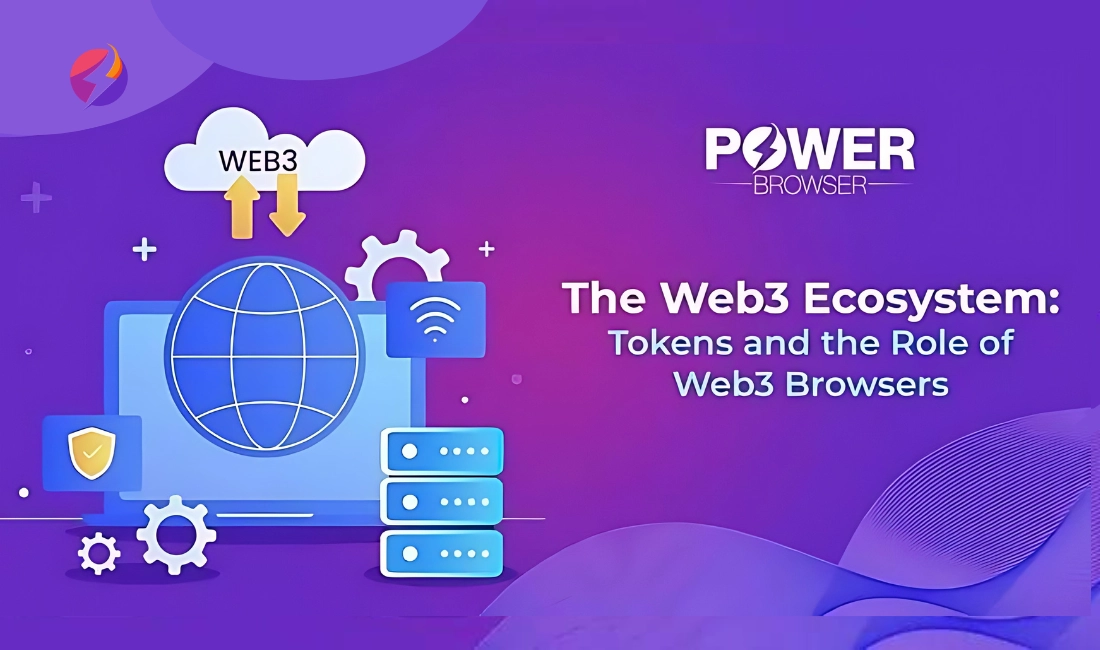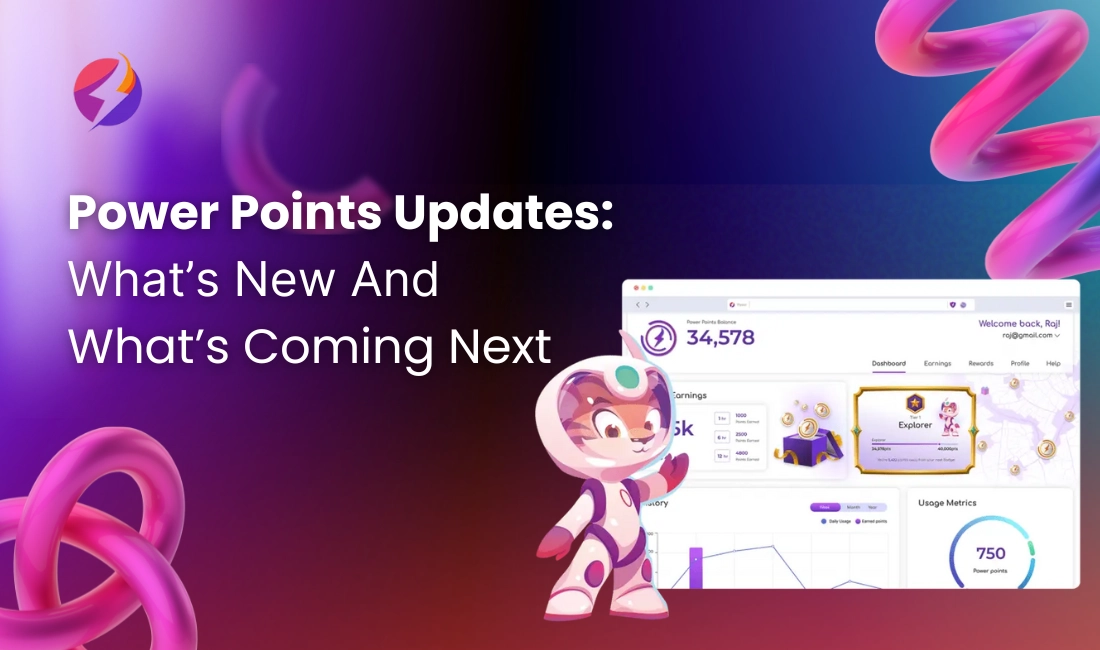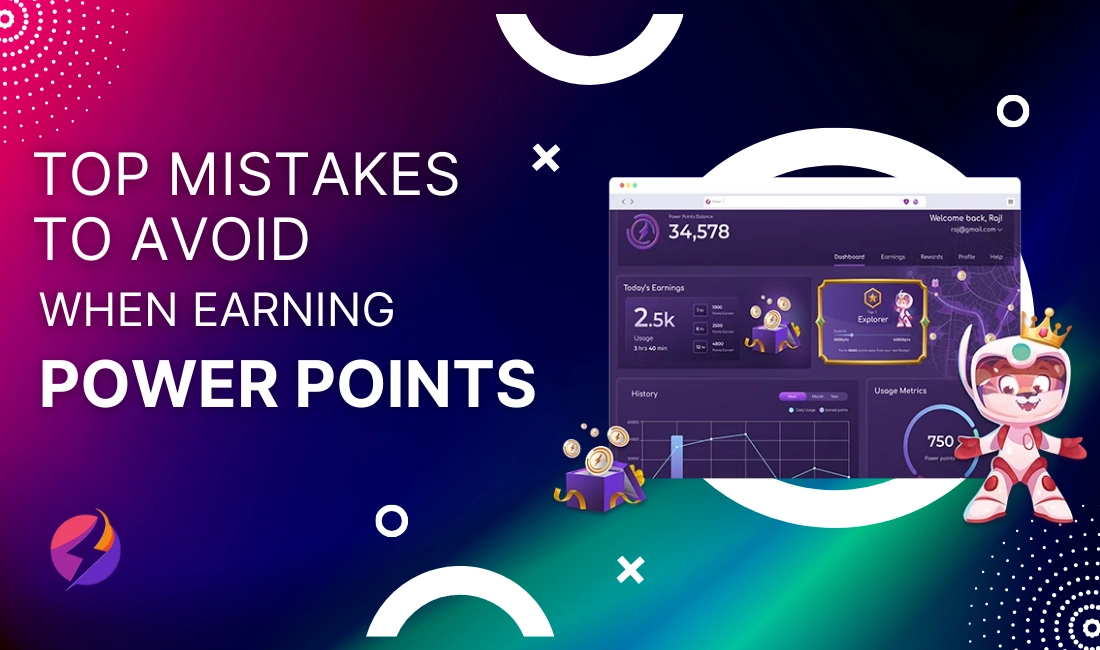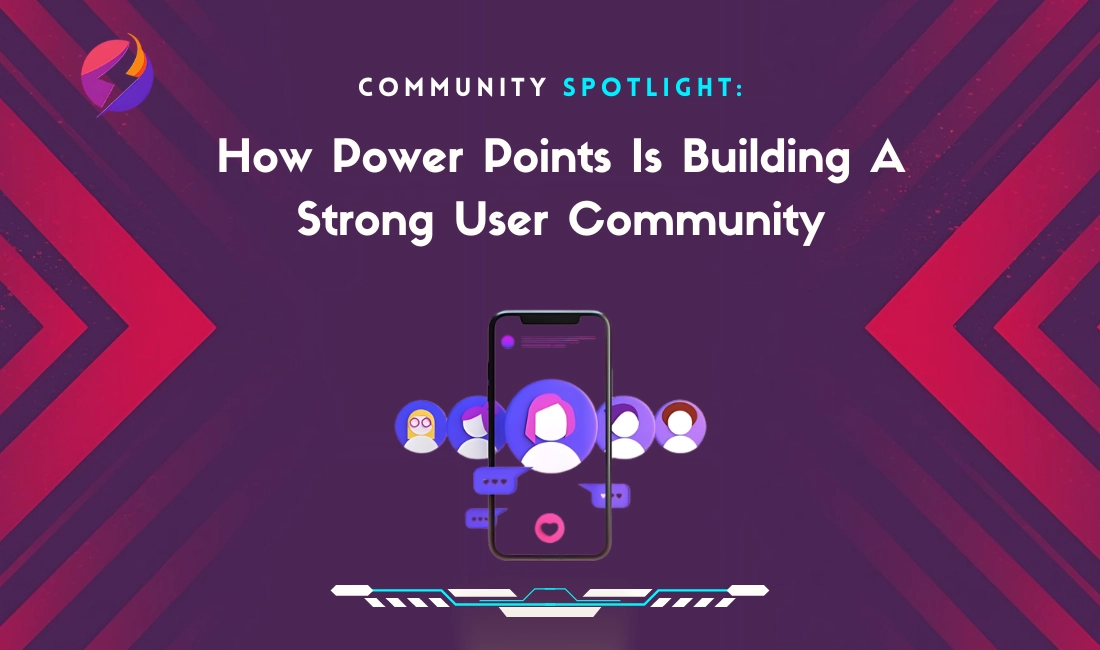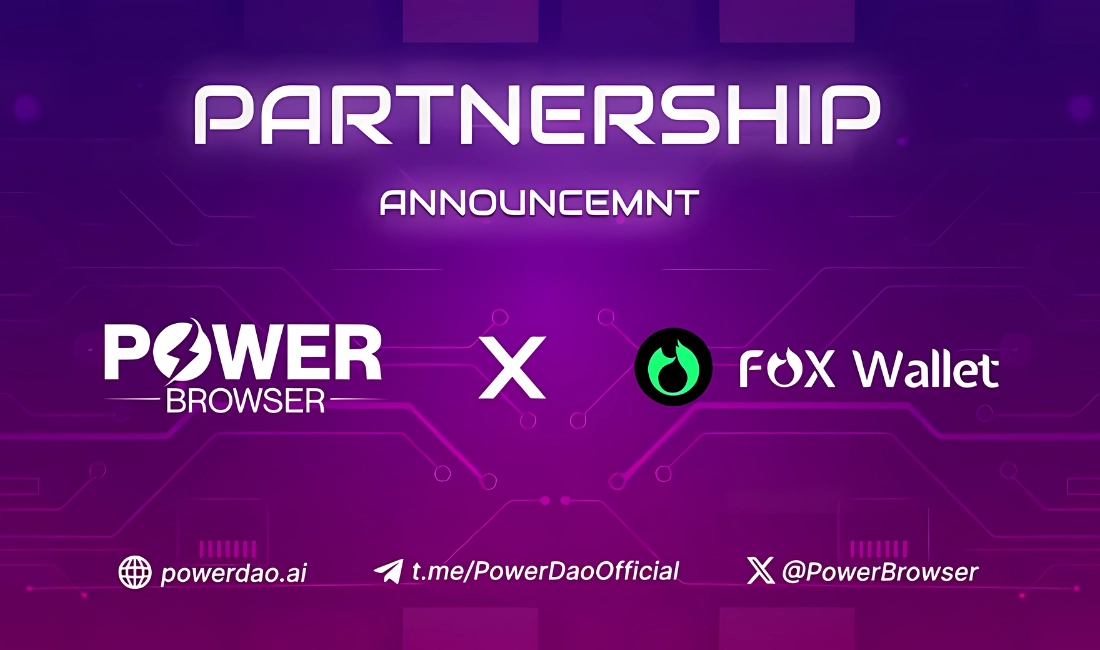The emergence of Web3 marks a significant shift towards a more decentralized internet, giving users greater control over their digital assets and identities. At the core of this transformation are blockchain-based tokens — digital units of value that extend far beyond their role in cryptocurrencies.
This blog explores the diverse world of tokens in web3 ecosystem, shedding light on their various types and their pivotal role in shaping the future of the internet.
Web3 represents the next phase in the evolution of the internet, emphasizing decentralization, user ownership, and enhanced privacy. It envisions a web where individuals have more authority over their digital identities and assets, free from the dominance of centralized authorities. Tokens, as digital representations of value, are fundamental to this new paradigm.
Web3 Tokens are units of value on a blockchain, representing various assets like digital currencies or in-game items. They’re on existing blockchains and follow standards like ERC-20 or BEP-2. Tokens rely on existing blockchains, like Ethereum, for validation. They’re created through smart contracts. Examples include DAI, UNI, USDC.
Coins are native digital currencies with their own blockchain, like Bitcoin or Ethereum. They’re used for direct transactions within their network, without intermediaries. Coins are obtained through mining (Proof-of-Work) or staking (Proof-of-Stake) for security. Examples include Bitcoin (BTC), Ethereum (ETH), and Binance Coin (BNB).
Here are some of the different types of tokens commonly in the Web3 ecosystem
Digital Assets
Digital assets are any form of information or data stored and represented in a digital form. In the context of blockchain and cryptocurrencies, digital assets typically refer to tokens or coins that exist electronically. Altogether, these can represent various forms of value, such as currency (e.g., Bitcoin), commodities (e.g., digital gold tokens), or even ownership rights (e.g., tokens representing real-world assets like real estate).
Utility Tokens
Utility tokens are digital tokens that are designed to be used within a specific ecosystem, typically representing a unit of value that can be exchanged for a particular service, product, or access to a platform. For instance, in a decentralized application (DApp), utility web3 blockchain-based tokens may be used to access and interact with the application’s features or services. They don’t necessarily have an intrinsic value on their own but derive their value from their use within a specific ecosystem.
NFT (Non-Fungible Token)
NFTs are a type of digital asset that represent ownership of a unique item or piece of content, often using blockchain technology. Unlike cryptocurrencies like Bitcoin or Ethereum, which are fungible (meaning one unit is equivalent to any other unit), NFTs are non-fungible, meaning each one is distinct and not interchangeable with any other. They’re used primarily for digital collectibles, art, virtual real estate, and other unique digital assets.
Governance Tokens:
Governance tokens are tokens that give holders the right to participate in the decision-making processes of a decentralized autonomous organization (DAO) or a blockchain protocol. Owners of governance tokens typically have the ability to vote on proposals related to the development, updates, and changes within the platform or ecosystem. This allows for a more decentralized and community-driven approach to decision-making.
The importance of various types of tokens lies in their ability to facilitate decentralized transactions and empower user ownership.
Decentralized Transactions:
In Web3, the execution of transactions is through smart contracts, which are self-executing contracts with the terms of the agreement written directly into code. These contracts run on blockchain networks, ensuring that transactions occur without the need for intermediaries. This eliminates the need to trust centralized entities like banks or payment processors.
Ownership & Control:
In Web3, users have true ownership and control of their digital assets. Private keys provide users with the ability to access and control their assets, without relying on third-party custodians. This contrasts with centralized systems where users are essentially entrusting their assets to intermediaries.
A web3 browser plays a crucial role in enabling users to interact with the decentralized web. It is designed to support decentralized applications (dApps) and provide a seamless experience for users to manage cryptocurrencies and tokens.
The key integrations and functionalities includes:
Crypto Wallet: A web3 browser comes equipped with an integrated cryptocurrency wallet. This wallet allows users to securely store, send, and receive various cryptocurrencies and tokens directly within the browser.
Tokens Management: Users can manage a wide range of tokens, including cryptocurrencies like Bitcoin, Ethereum, and other build custom tokens that are on blockchain platforms. This includes viewing balances, sending tokens, and receiving tokens.
Interaction with dApps: Web3 browsers facilitate interaction with decentralized applications (dApps). These are applications built on blockchain platforms that often require a user’s cryptocurrency or token holdings to perform certain functions.
Token Usage in dApps: Tokens play a central role in dApps. They can represent anything from digital assets (like non-fungible tokens or NFTs) to utility tokens used within specific applications. In an exchange dApp, tokens are used to facilitate trading for instance
Convenience of In-Browser Token Swaps and Trades: Web3 browsers often provide integrated decentralized exchange (DEX) functionalities. Also, this enables users to swap one token for another directly within the browser, without the need to go through external exchanges.
Security Features: Web3 browsers implement robust security measures to protect users and their tokens. This may include features like multi-factor authentication, hardware wallet support, secure seed phrases, and encryption protocols.
Protection against Phishing and Scams: Web3 browsers often incorporate mechanisms to detect and prevent phishing attacks. They may warn users about suspicious websites or dApps that could potentially compromise their funds.
Private Key Management: Web3 browsers provide tools to securely manage private keys. This includes options for generating, storing, and recovering keys, often with encryption and backup features.
Compatibility with Various Blockchains: A good web3 browser supports multiple blockchain networks, allowing users to interact with a wide range of dApps and tokens across different ecosystems.
User-Friendly Interface: Web3 browsers aim to provide a user-friendly experience, ensuring that even non-technical users can easily navigate and utilize the functionalities offered.
Tokens represent a pivotal innovation in the Web3 ecosystem, transcending their initial role as mere cryptocurrencies. They serve as the cornerstone of a decentralized digital economy. They enable a myriad of applications that extend far beyond traditional financial transactions.
From governance and ownership rights to access control and incentivization mechanisms, tokens are reshaping the way we interact with digital platforms and services. As we continue to explore the potential of Web3, we must recognize the transformative power of tokens and their capacity to democratize access, foster innovation, and revolutionize the very fabric of the Internet.

